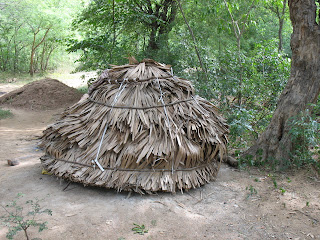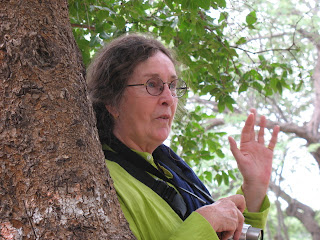
AND A SUCCESSFUL AND BRILLIANT NEW TIME
 Below an actor dressed up as Hanuman and going from place to place around Tiruvannamalai for donations.
Below an actor dressed up as Hanuman and going from place to place around Tiruvannamalai for donations. Great outfit and makeup!
Great outfit and makeup!
 Irrespective of why Diwali is celebrated, the common understanding is that it represents victory of good over evil. The lights, which represent prosperity, welcome Goddess Lakshmi in the hope that She will bless with wealth and abundance.
Irrespective of why Diwali is celebrated, the common understanding is that it represents victory of good over evil. The lights, which represent prosperity, welcome Goddess Lakshmi in the hope that She will bless with wealth and abundance.
A mythological story of Sagar Manthan (churning of the ocean) has it that once all the Devas, or demigods were under a curse that made them weak and were advised by the God Brahma to drink the elixir of life. However the elixir could only be obtained by the churning of the ocean. Lord Vishnu came up with a solution saying that Mount Meru could act as the churning stick, while Vasuki (the mythical serpent) could be used as the coil around Meru. Pleased with the suggestion, the Devas went to the Asuras (the demons) and sought their help in accomplishing the task.
Thus ensued a phenomenal churning that, however, threatened to destroy the worlds (Heaven, Earth and Hell). The Gods could not allow that, so Vishnu appeared in the guise of a giant tortoise (Kurma) to stabilise the churning by acting as a base under Mount Meru. It is said that eventually, spectacular treasures emerged from the great ocean including Laksmi the Goddess of Prosperity and Wealth.
Since Goddess Lakshmi was one of the magnificent treasures that emerged from the ocean, hence, along with Ganesha, who is customarily invoked before ceremonies are performed, this Goddess presides over all ceremonies that are performed during Diwali.
During Diwali, Goddess Lakshmi is worshipped along with Lord Kubera (the banker of the world). In many parts of India puja worshipping Lakshmi and Lord Kubera, is done on the very next day of Deepavali and thereafter all new work/business commences.





 When there is no wall handy, lining the patties up on the roadway also works!
When there is no wall handy, lining the patties up on the roadway also works!



First I have to get there so I take the very beautiful 'inner' mountain path.






We have also been offered an acre of land adjacent to our area on the other side of the hill for developing a nursery (see above photo). This is a great boon to us. We will need to raise funds for the fencing of the land and the sinking of a bore down the well since the water table has diminished so much in recent years. These are the most urgent foundational needs.

Apeetha Arunagiri
The Deed of the Trust will be registered by November 5th. Once we have our Registration Number we can open a new bank account. Until that time, to remit donations please contact apeetha@hotkey.net.au to learn how funds can be sent by cheque or money order, or by electronic transfer. Please visit us at our website to find out more about the Arunachala Kattu Siva Plantation. With Thanks. Apeetha Arunagiri.

He definitely is a smart fellow as immediately he got the watermelon he went off to find himeself a safe place to tuck into the fruit.



Slowly, elegantly and with every sign of enjoying his undisturbed snack, our Bonnet Macaque monkey finished off the watermelon before any of his 'tribe' appeared on the scene!



